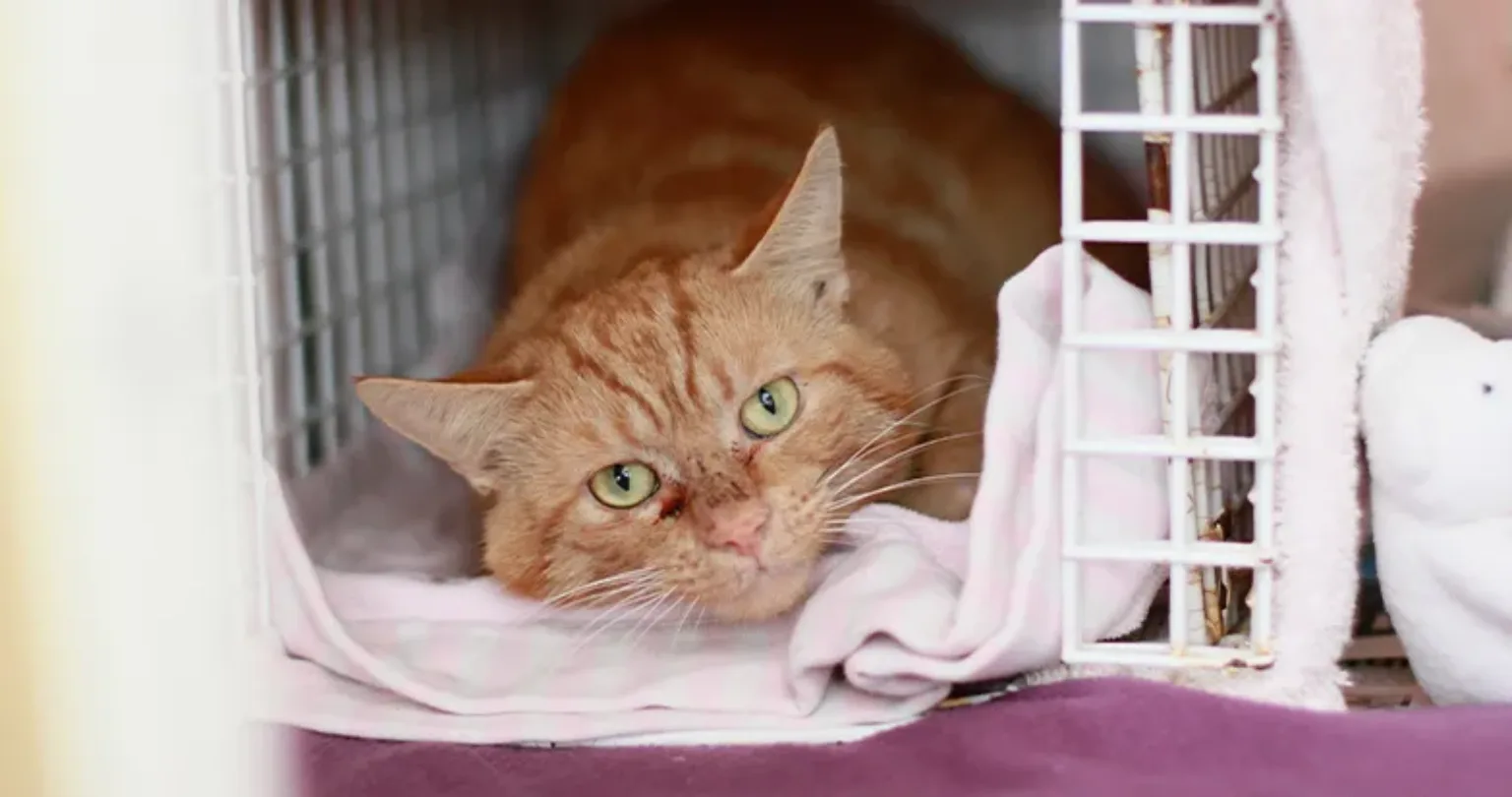When it comes to pets, we've all got questions
Ever feel like your pet is from another planet?

When it comes to your cat's behaviour, they may be trying to tell you how they're feeling.
Below are a range of behaviours that you should expect to see from your pet cat.
Cats are a predatory species, which means they hunt to survive. Giving them food meets their nutritional needs, but not their behavioural needs. Many pet cats still love to hunt and will often bring home small mammals, birds and insects either as gifts for you or to play with themselves. Don’t punish this type of behaviour as it’s completely natural.
Cats will naturally mark their territory – this is their home and surrounding environment. Cats normally mark by scratching and using their face. When your cat rubs the sides of their face on objects in the home and on people they leave behind a pheromone from scent glands. This not only marks their territory so other cats are aware of their presence, but is also a reassuring and comforting scent for them.
If you see other extreme forms of marking such as spraying, urinating or defecating in the house then please ask us for advice.
Make sure you provide scratching areas around the house – otherwise your carpet and furniture will suffer! Scratching is a completely normal behaviour for your cat and usually takes place where the cat enters or exits the house. Provide a wide range of scratching materials in this area, making use of the horizontal and vertical space.
Each cat has an individual purr, some do it regularly and others hardly ever purr. Purring is usually only expressed when the cat is content and settled. Surprisingly, cats can also purr when they’re in extreme pain or discomfort. It is thought that this type of purring calms the cat to help it cope with the situation.
Your cat will often knead furniture or your lap. This is where they contract and expand their paws repeatedly. This is a completely normal behaviour but often uncomfortable as their claws can dig in. Your cat is scenting you and also mimicking a behaviour they learned as a kitten, when suckling on the mother they knead to stimulate milk flow.
Kittens have short, sharp bursts of energy throughout the day. They need lots of interaction to help them become well socialised – remember they will not be going outside at this point so it’s important to do lots of playing in the house.
Kittens are extremely lively and can really get under your feet. They have bursts of energy which often see them climbing up curtains or getting into mischief. You will need to have lots of energy just to keep your kitten entertained! Kittens enjoy playing, so make sure there are plenty of toys available to amuse them.
Adult cats will have moderate levels of energy. They will spend a significant proportion of the day sleeping but will also need a few hours interaction during the day. Cats are crepuscular animals. Meaning they are most likely to be active at dusk and dawn.
Make time to engage your older cat in play. Older cats can sometimes choose to sleep a lot so by engaging in play, you are not only creating some fun for your cat but also some light exercise at the same time.
It’s important to remember that each cat you own will act completely differently to another. Sometimes what we think of as behavioural issues or perfectly natural. If your cat’s behaviour has changed, it may be due to an underlying medical disorder: read our cat health advice articles first, then check with your vet if your concerned.